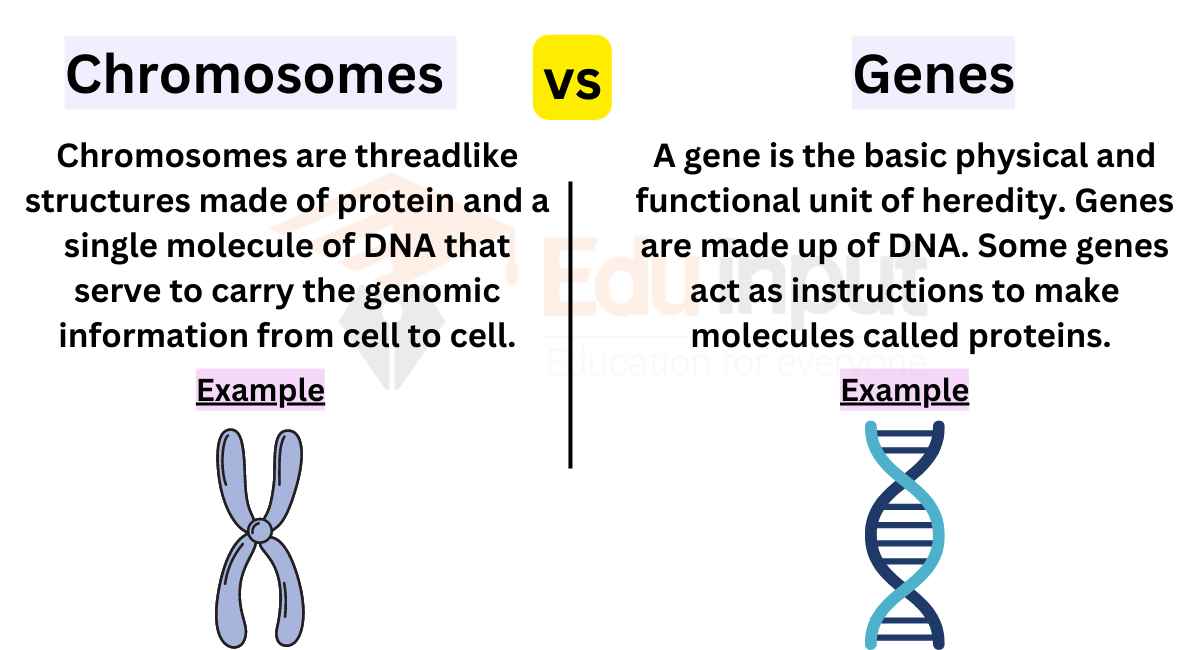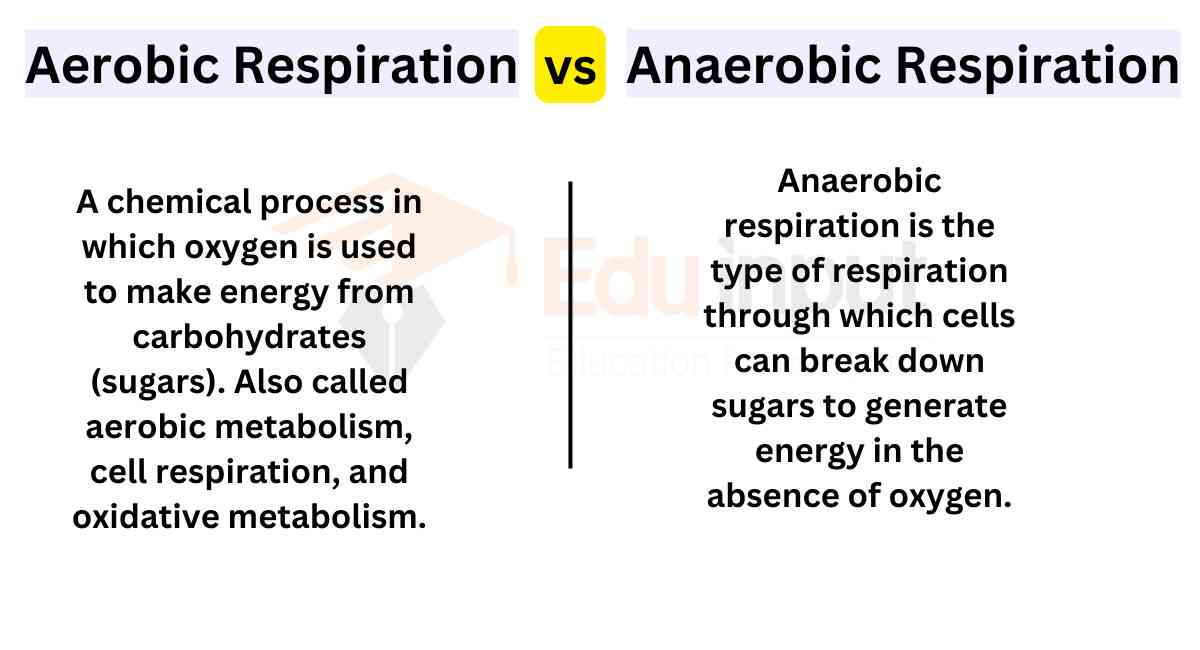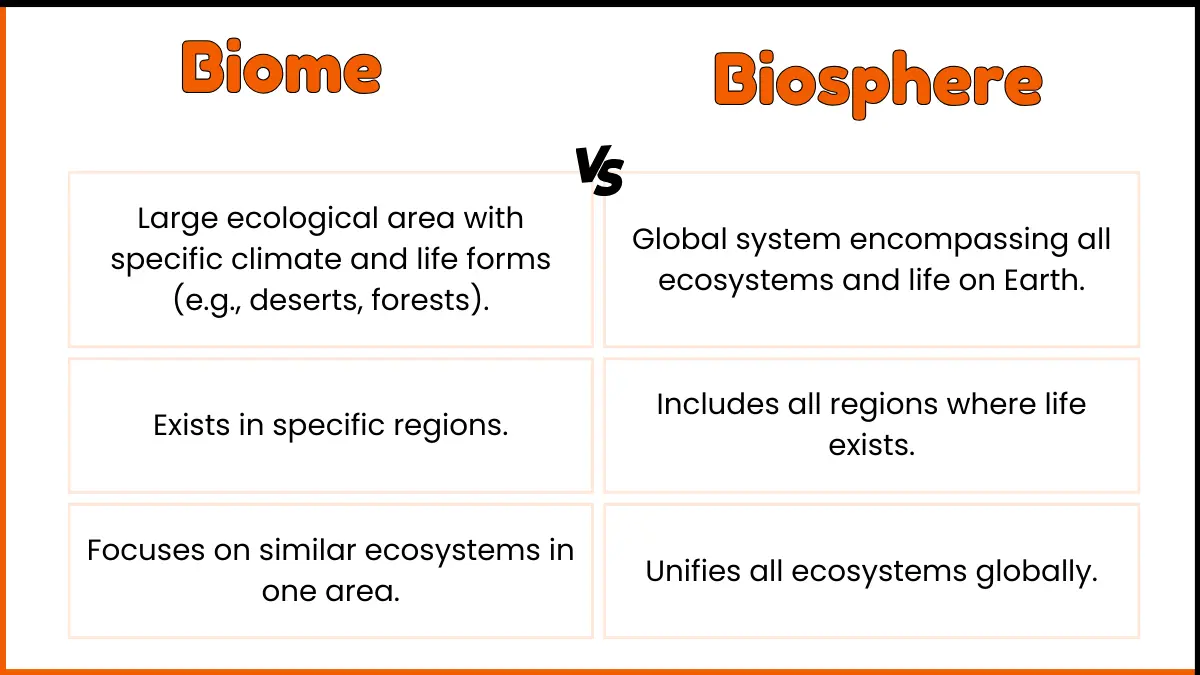What is the Difference Between Body Fat and Visceral Fat?
December 21, 2023
Table of Contents
Key Difference
The main distinction between body fat and visceral fat is their location in the body and their respective health implications. Body fat, or subcutaneous fat, is located beneath the skin and is often visible, while visceral fat is stored deep within the abdomen, surrounding vital organs. Visceral fat is more metabolically active and is linked to a variety of health risks.

Comparative Analysis
- Location:
- Body Fat: Located just under the skin (subcutaneous).
- Visceral Fat: Deep in the abdominal cavity, around organs.
- Health Risks:
- Body Fat: Generally less harmful, but excessive amounts can still pose health risks.
- Visceral Fat: Associated with significant health risks, including heart disease, diabetes, and certain cancers.
- Detection:
- Body Fat: Can be measured with skinfold calipers.
- Visceral Fat: Often requires imaging tests like MRI or CT scans for accurate assessment.
- Function and Role:
- Body Fat: Provides insulation and energy storage.
- Visceral Fat: Can release harmful substances that affect body function and insulin sensitivity.
Table Summary of Body Fat and Visceral Fat
| Feature | Body Fat | Visceral Fat |
|---|---|---|
| Location | Under the skin | Around internal organs |
| Health Impact | Less harmful generally | High health risks |
| Detection | Skinfold measurements | Imaging tests |
| Function | Insulation, energy storage | Releases substances affecting body function |
Differentiating between body fat and visceral fat is important for understanding their effects on health, as visceral fat, despite being less visible, carries more serious health implications.
File Under:







Leave a Reply